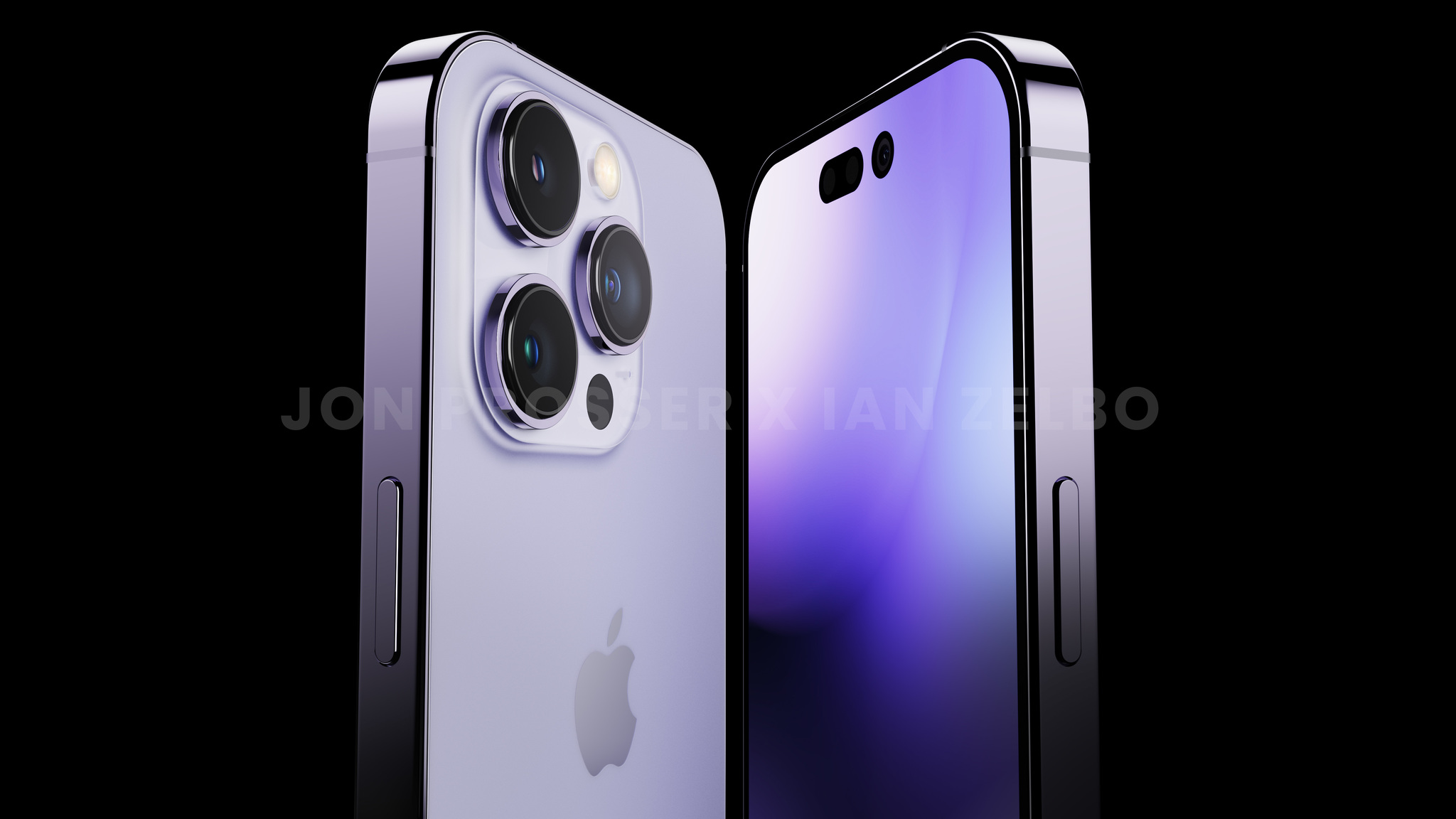The iPhone 14 and iPhone 14 Pro will both have OLED, but one’s better than the other
Not all OLED displays are created equal.

The iPhone 14 is just a couple of months away at this point, and the reports continue to come in about what the next generation iPhone will offer. It seems that while both the iPhone 14 and iPhone 14 Pro will have OLED displays, Apple will be using different grades of OLED panels, which only further differentiates the base model from the higher-end version.
Not all iPhone 14 OLED displays are equal
Samsung Display, which is an Apple supplier, is allegedly using more advanced materials in the OLED display for iPhone 14 Pro models. For the lower-end iPhone 14, it may be sticking with previous-generation materials instead, as reported by TheElec.
The advanced material that Samsung Display will be using for the iPhone 14 Pro and iPhone 14 Pro Max involves the M12 material. This is the same material that is used on upcoming foldable flagships from Samsung, including the Galaxy Z Fold 4 and Galaxy Z Flip 4.
When it comes to OLED panels, material sets are basically the components that make up the red, green, and blue pixels that are found on displays. Advanced materials could mean better performance and improved efficiency.
The reason that Apple could be using the older M11 materials for the base 6.1-inch and 6.7-inch iPhone 14 models is to cut costs. The lower-end iPhone 14 devices will also be using low-temperature polycrystalline silicon (LTPS) thin-film transistor (TFT) OLED panels, which is less advanced than the low-temperature polycrystalline oxide (LTPO) TFT OLED panels that the iPhone 14 Pro and Pro Max would be getting.
A key factor of Apple’s ProMotion display technology requires LTPO TFT panels, as it allows for the 120Hz variable refresh rates. While the average person may not notice the ProMotion display in action during day-to-day use, it is more apparent when you put ProMotion next to a non-ProMotion display for a side-by-side comparison.
Samsung’s rival, LG Display, will also supply OLED panels for the lower-end iPhone 14 models. The LG Display OLED panels use a material set called RS-L. The previous generation material set, RS-K, was used in the iPhone 13 series.
Master your iPhone in minutes
iMore offers spot-on advice and guidance from our team of experts, with decades of Apple device experience to lean on. Learn more with iMore!
Big upgrades are coming
With Apple’s fall event just around the corner, we’re excited to see what Apple will reveal with the iPhone 14 and iPhone 14 Pro. According to what we’ve heard so far, the iPhone 14 will no longer have a mini version, and instead come in two sizes across the lineup: 6.1-inch and 6.7-inch. The base model iPhone 14 will be named just that, with the larger version being the “iPhone 14 Max.” Then, of course, we have the iPhone 14 Pro and the iPhone 14 Pro Max, just like the previous few generations.
Though those who are fans of the mini size will have to say goodbye, the new sizes seem to make the most sense for Apple right now. The mini was super compact, but the battery life was not great compared to the rest of the lineup. Either way, we have no doubt that the iPhone 14 lineup will be the best iPhone yet.
Christine Romero-Chan was formerly a Senior Editor for iMore. She has been writing about technology, specifically Apple, for over a decade at a variety of websites. She is currently part of the Digital Trends team, and has been using Apple’s smartphone since the original iPhone back in 2007. While her main speciality is the iPhone, she also covers Apple Watch, iPad, and Mac when needed. When she isn’t writing about Apple, Christine can often be found at Disneyland in Anaheim, California, as she is a passholder and obsessed with all things Disney, especially Star Wars. Christine also enjoys coffee, food, photography, mechanical keyboards, and spending as much time with her new daughter as possible.

